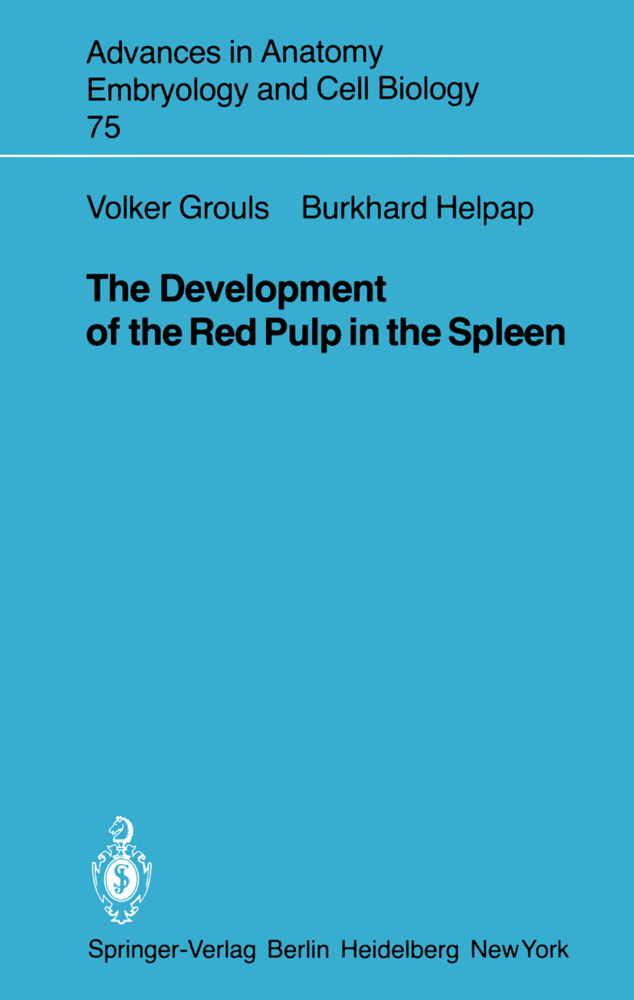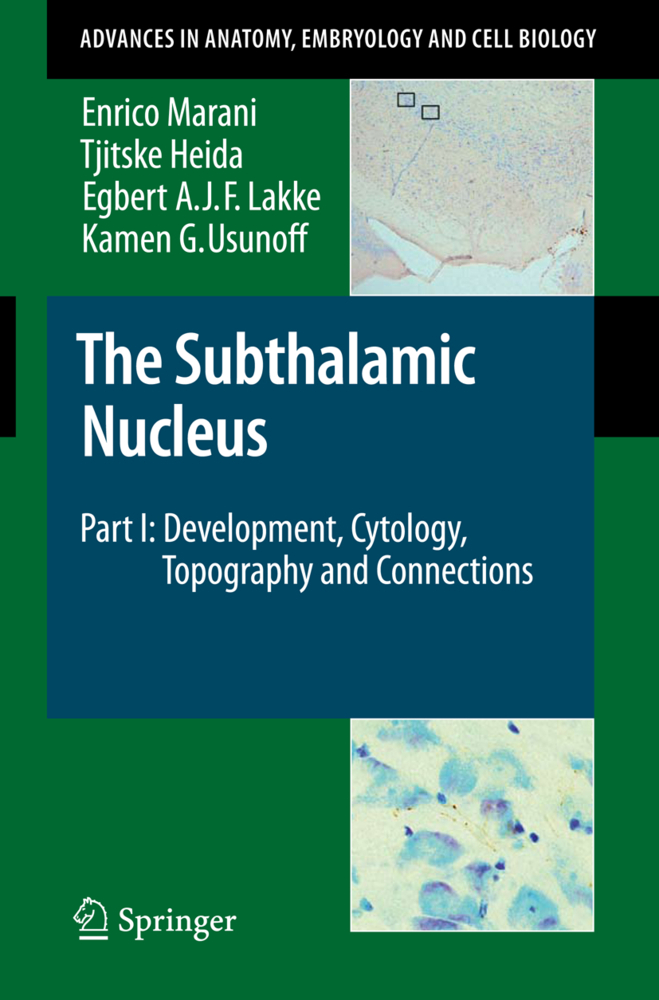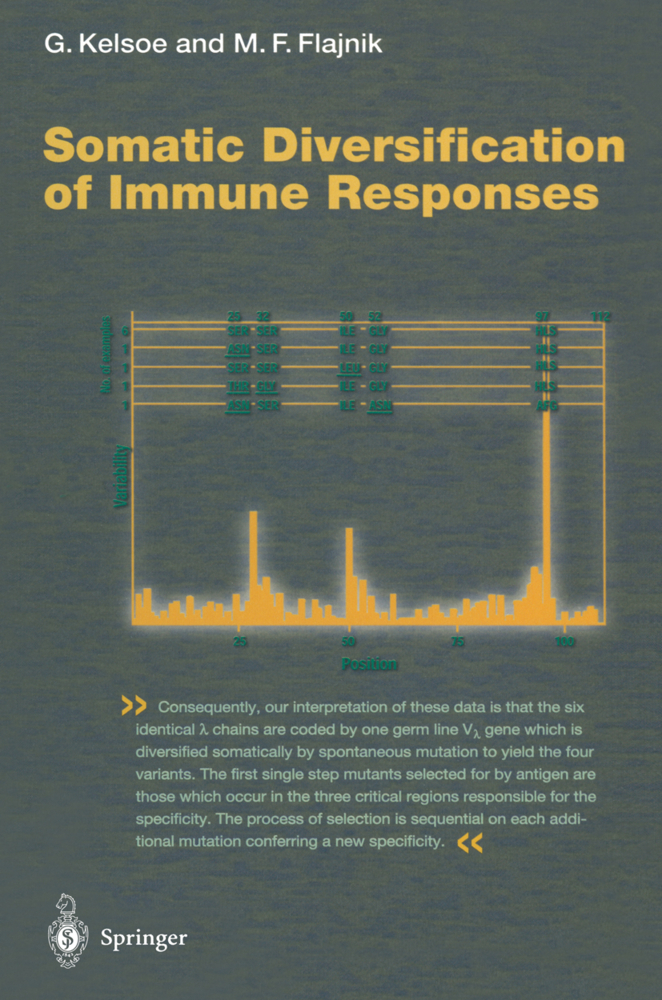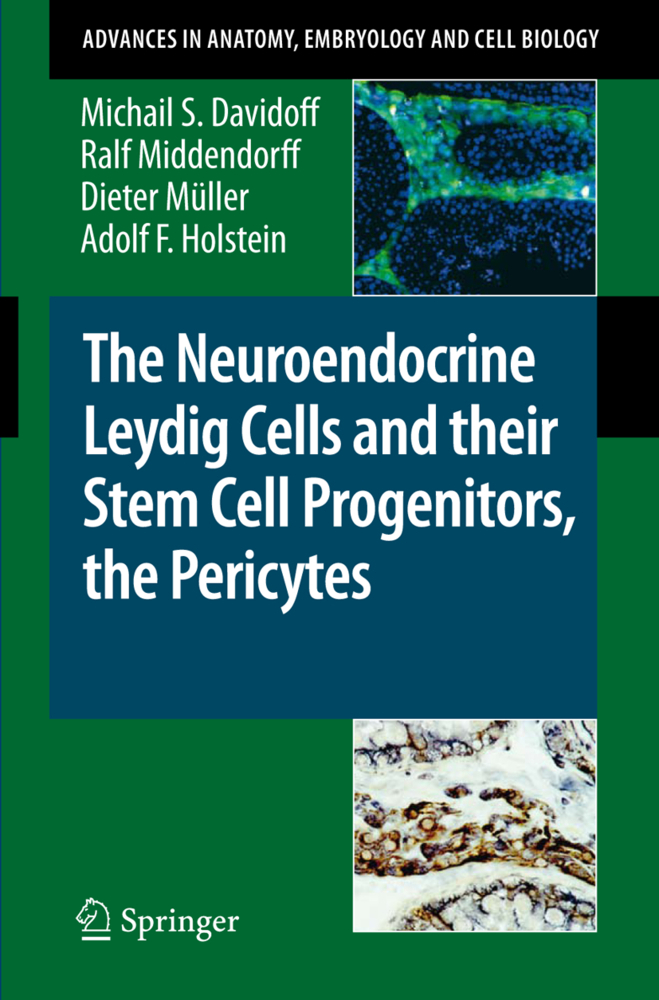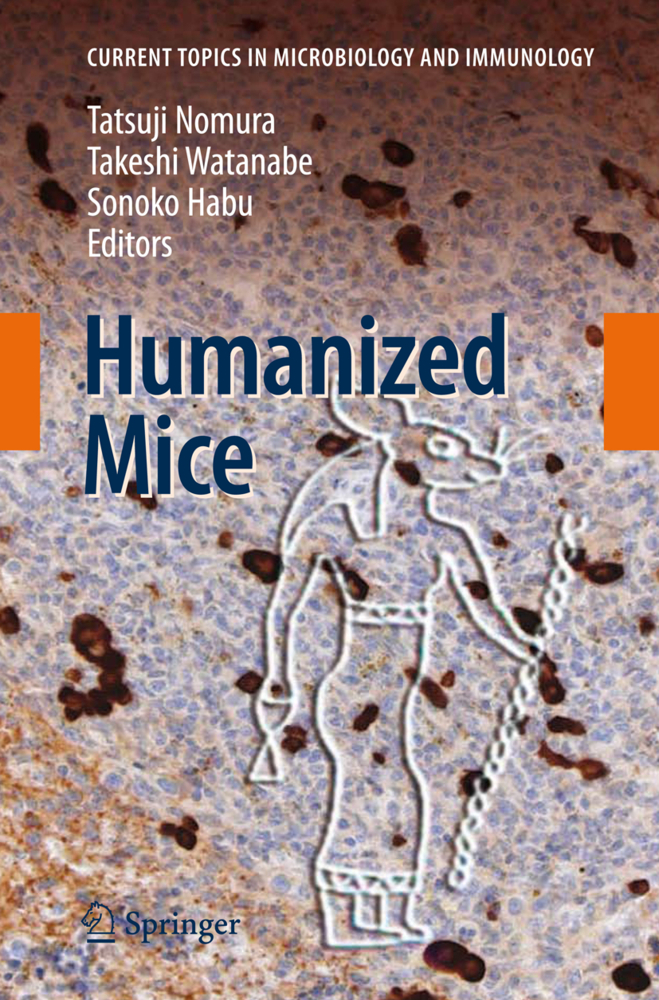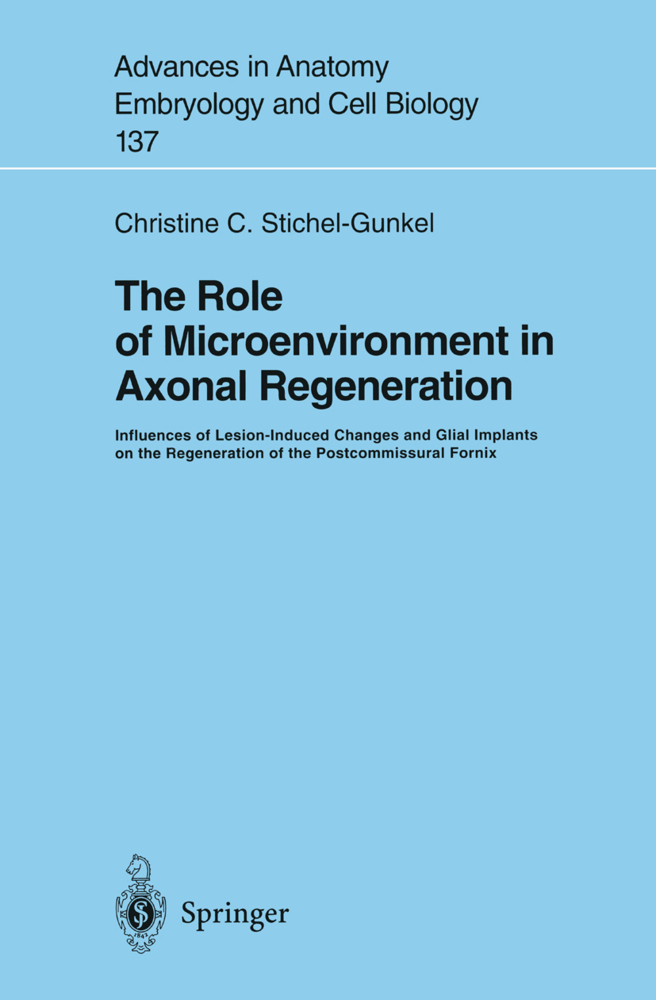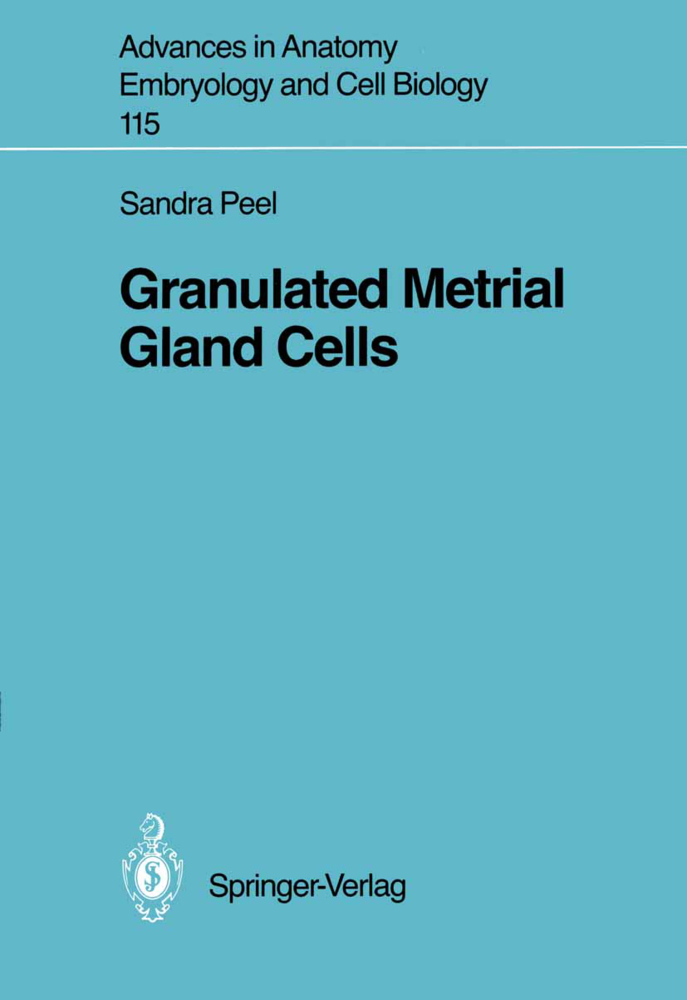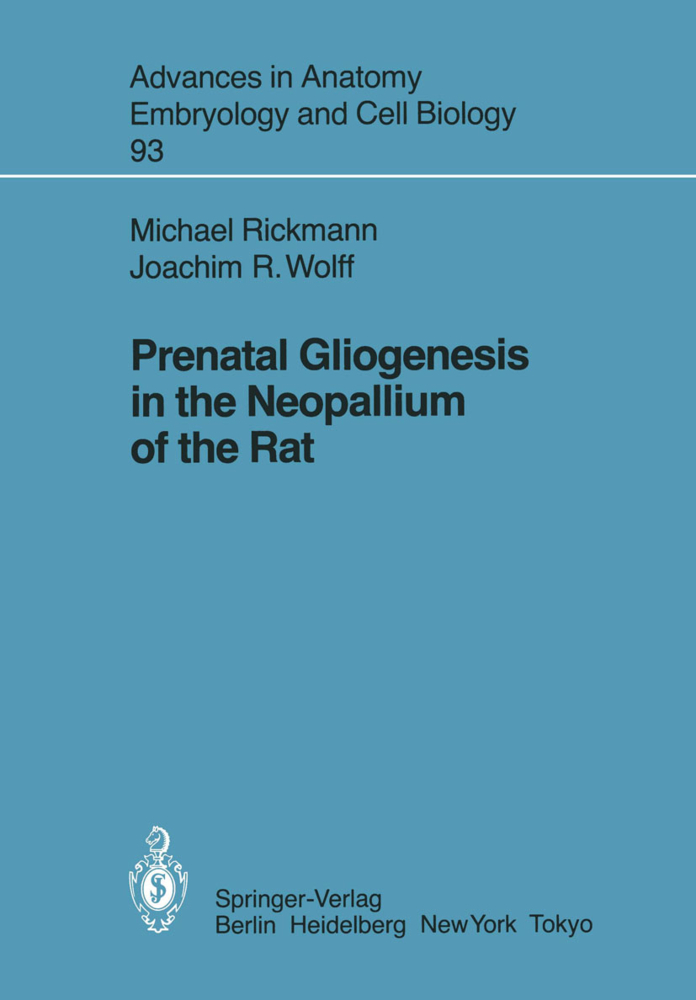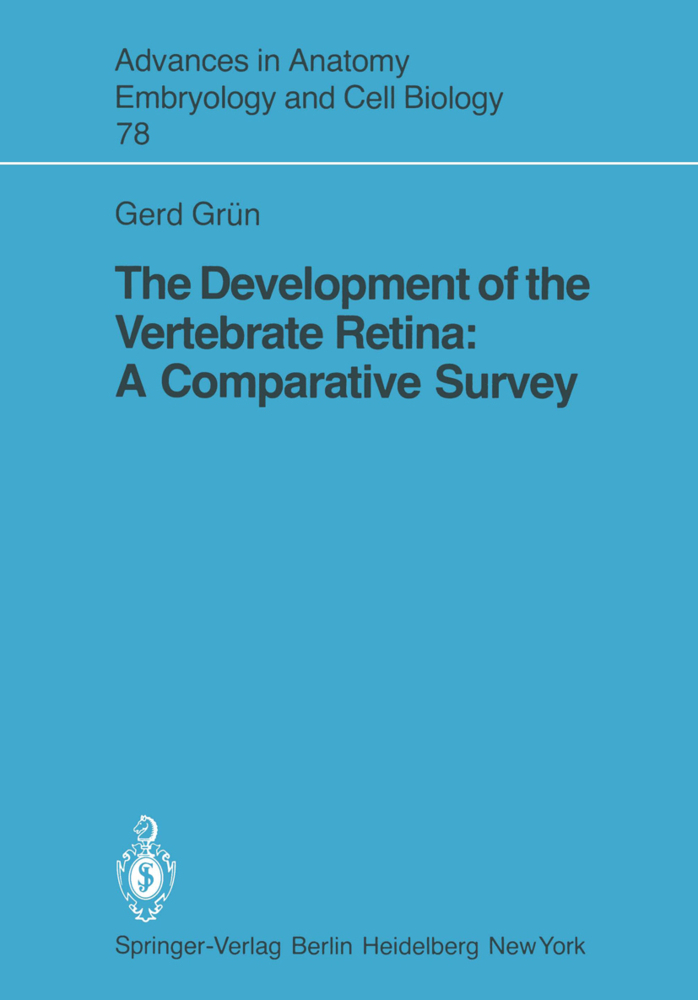The Development of the Red Pulp in the Spleen
The Development of the Red Pulp in the Spleen
In many aspects hematopoiesis in newborn rodents, especially in rats, resembles hema topoiesis in the human fetus in the 6th-7th month of gestation. In man the transition from the stage of liver to bone marrow erythropoiesis takes place at this time (Bessis, 1973). In rodents, however, the liver is almost the only place where hematopoiesis occurs until birth. Thereafter it is replaced to a growing extent by the bone marrow, which so far consists mainly of immature mesenchymal cells (Maximow, 1910; Cuda, 1970). Thus hematopoietic precursor cells appear in the sternum only around 30 h after birth. Just as in premature human infants, a macrocytic anemia can be demonstrat ed in normal neonatal rats (Lucarelli et aI., 1964, 1968). Beside liver (fetal) and bone marrow, the spleen is involved in hematopoiesis. In rodents like rats and mice, splenic hematopoiesis persists more or less markedly until adulthood; in man, however, it ceases after birth and reappears only under certain pathological conditions (Fischer et aI., 1970; Hennekeuser et aI., 1967; Fresen, 1960).
2.1 Semithin-Section Autoradiography
3 Material and Methods
3.1 Development of Spleen and Body Weight
3.2 Autoradiographic Investigations on the Red Pulp of Rats of Different Age Groups
3.3 Cell Kinetic Studies on the Red Pulp of Newborn Rats
3.4 Autoradiographic and Histologic Technique
4 Cytology and Definition of the Red Pulp Cells
5 Results
5.1 The Anatomic Development of the Postnatal Spleen
5.2 Analysis of Hematopoietic and Stromal Cells in the Red Pulp of Differently Aged Rats
5.3 The Proliferative Pattern of Hematopoietic and Stromal Cells in the Red Pulp of Differently Aged Rats
5.4 Cell Kinetics of the Red Pulp in Newborn Rats
6 Discussion
6.1 Classification and Frequency of Hematopoietic and Stromal Cells in the Red Pulp of Differently Aged Rats
6.2 The Proliferative Activity of Hematopoietic and Stromal Cells in the Red Pulp of Differently Aged Rats
6.3 Cell-Kinetic Studies on the Red Pulp of Newborn Rats
7 Closing Remarks
8 Summary
References.
1 Introduction
2 Autoradiography with 3H-Thymidine2.1 Semithin-Section Autoradiography
3 Material and Methods
3.1 Development of Spleen and Body Weight
3.2 Autoradiographic Investigations on the Red Pulp of Rats of Different Age Groups
3.3 Cell Kinetic Studies on the Red Pulp of Newborn Rats
3.4 Autoradiographic and Histologic Technique
4 Cytology and Definition of the Red Pulp Cells
5 Results
5.1 The Anatomic Development of the Postnatal Spleen
5.2 Analysis of Hematopoietic and Stromal Cells in the Red Pulp of Differently Aged Rats
5.3 The Proliferative Pattern of Hematopoietic and Stromal Cells in the Red Pulp of Differently Aged Rats
5.4 Cell Kinetics of the Red Pulp in Newborn Rats
6 Discussion
6.1 Classification and Frequency of Hematopoietic and Stromal Cells in the Red Pulp of Differently Aged Rats
6.2 The Proliferative Activity of Hematopoietic and Stromal Cells in the Red Pulp of Differently Aged Rats
6.3 Cell-Kinetic Studies on the Red Pulp of Newborn Rats
7 Closing Remarks
8 Summary
References.
| ISBN | 978-3-540-11408-6 |
|---|---|
| Artikelnummer | 9783540114086 |
| Medientyp | Buch |
| Copyrightjahr | 1982 |
| Verlag | Springer, Berlin |
| Umfang | VI, 74 Seiten |
| Abbildungen | VI, 74 p. 11 illus. |
| Sprache | Englisch |

